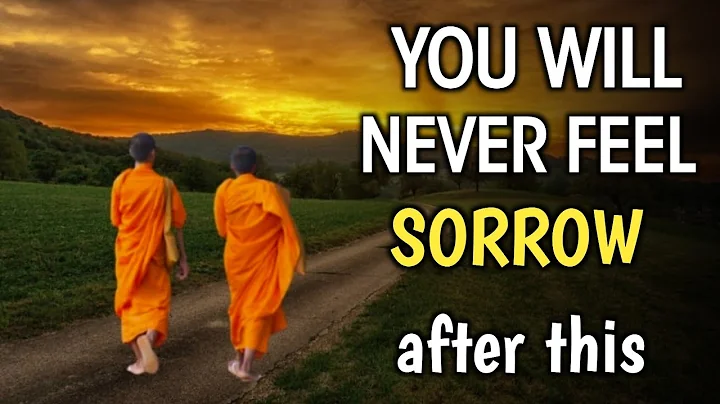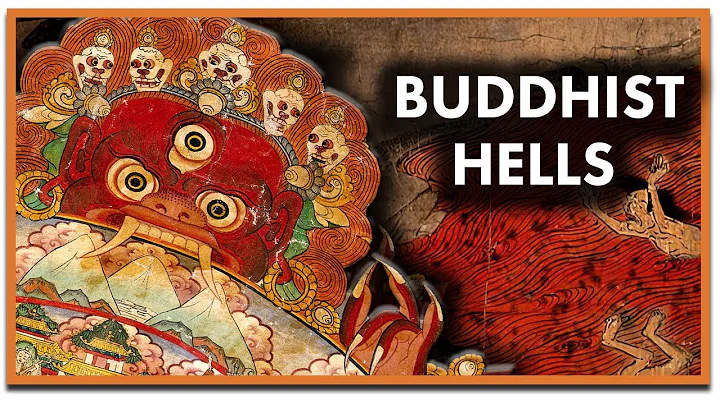Although Buddhism originated from ancient India, Kapilava , which is now Nepal , but after thousands of years of historical changes, it has completed "localization", and it has spread and divided into many major sects such as "nature, appearance, Taiwan, wise, Zen, purity, law, and texas". Unfortunately, among these eight sects, they were able to blossom in full during the Sui and Tang Dynasties, and most of them are now in decline, especially this "Tanishism" was almost cut off after Emperor Wuzong of Tang abolished the Buddha. Surprisingly, the "Tanishism" has flourished in Japan, and this is entirely because of a person "Hikkai Master" and a temple " Daxingshan Temple ".

"Daxingshan Temple" is located in Yanta District, Xi'an City, Shaanxi Province. The name "Daxingshan Temple" sounds very "ordinary", but if you understand the history of Tang Dynasty , you will feel that it is very unusual. In the first year of Kaihuang in the Sui Dynasty (581), Yang Jian, the then Emperor Wen of Sui, built another new city outside the old city of Chang'an in Han Dynasty as the capital of the Sui Dynasty, named " Daxingcheng " (that is, the " Chang'an City " used in the Tang Dynasty later). This new city was not initially completed until the ninth year of Daye of Emperor Yang of Sui (613 AD). It took 32 years. The area of this new city was nearly 84 square kilometers. It was the largest city in the world at that time. The "Daxingshan Temple" named after the capital " Daxing " had the same "system" as the Taimiao of the Sui Dynasty, which shows that it was prosperous at that time.

"Daxingshan Temple" was actually built in , the second year of Emperor Wu of Jin (266). It was originally " Zunshan Temple ", and it was renamed "Daxingshan Temple" because it was in "Jingshanfang" of "Daxingcheng". Buddhism was extremely prosperous in the early Sui and Tang dynasties. "Daxingshan Temple" was a royal temple with an area of 375 acres. At that time, many Indian Tantric monks went to "Daxingcheng" to spread Tantric Buddhism. Most of the Indian Tantric Buddhist scriptures they brought were translated into Chinese in "Daxingshan Temple". Because in the fifteenth year of Tianbao of Emperor Xuanzong of Tang Dynasty (756), the esoteric master Bukong monk was the abbot of Daxingshan Temple, so "Daxingshan Temple" became the ancestral home of Tantric Buddhism in Han Buddhism.

Here is a cold knowledge. The so-called "big virtue" monks are actually circulated from Daxingshan Temple. At that time, the six monks from Daxingshan Temple were named "big virtue" by Emperor Wen of Sui Yang Jian. The latter word was used together with the monks. The commonly used "initiation" now was also the first time that Master Bukong set up an initiation temple and an ordination altar in Daxingshan Temple. This was why Buddhist Tantric Buddhism had the so-called "initiation and transmission of the Dharma". It is worth mentioning that although the "Daxingshan Temple" at that time was a place for translation of scriptures, it was also an "Internet celebrity place" that monks from surrounding countries must check in when they came to Zhongtu. They not only learned the latest Buddhism, but also included a lot of knowledge such as astronomy, geography, mathematics and medicine.

. At that time, Japan entered the Tang Dynasty to seek Dharma, and "Master Kooka" was one of them. This "Master Kooka" was the one in "The Legend of Demon Cat". Although he worshipped Master Huiguo, the great master of Chinese Tantric Buddhism in Qinglong Temple , this Tantric Buddhism was also passed down from Daxingshan Temple. Later, it was passed down to Master Kooka to Japan to establish a sect, and it evolved into " Shinyan Sect ", known as "Ridong Mi", and when it was passed down to South Korea, it became the "Zhenjue Sect". These are actually a branch of Tang Mi, and they all regarded Daxingshan Temple as their ancestral courtyard.

During the period when Emperor Wuzong of Tang Dynasty destroyed Buddhism, most of Daxingshan Temple was damaged. By the time of the chaotic period of the Five Dynasties and Ten Kingdoms, Daxingshan Temple completely declined, and monks returned to secular life and no longer had their prosperity in the past. There is a poem that says: Moss invades the darkness of the Sui Dynasty, and tea helps the deeper the cup. It was later rebuilt in nearly a thousand years after the Song, Ming, Qing, Republic of China, and Modern times. It was mainly the format of the Buddhist building complex on the five halls, two halls, one courtyard and one floor. There are many precious cultural relics preserved, whether it is the stele of the temples renovated in the past dynasties, or the Buddha statues left over from some dynasties, such as the Tang Dynasty bluestone lion, the Qing Dynasty Twenty-One Tara statue (one of the incarnations of Guanyin Bodhisattva ), the Ming Tathagata Buddha statue, etc., you can all explore some traces of history from it.

Of course, although the current "Daxingshan Temple" is not as grand as the Sui Dynasty temple before, after thousands of years of history, there is a feeling of Buddhist seclusion here. In the downtown city of Yanta , there is a feeling of being hidden in the city. There is no need for tickets. Even the incense is taken at the door, everything goes with the flow. The incense in the courtyard is ancient and quiet, and the fireworks outside the courtyard are noisy and bustling. What a quiet place to be quiet. Those who come and believers who come and seek wealth light the lamp for the "God of Wealth" and those who ask for children light the lamp for the "Guanyin". It is said that seeking marriage here is very effective! It is also OK to relax on weekends and holidays.







![[English] Who Am I - Lecture 1 - Ven. Guan Cheng - DayDayNews](https://i.ytimg.com/vi/KU0fUs2It5o/hq720.jpg?sqp=-oaymwEcCNAFEJQDSFXyq4qpAw4IARUAAIhCGAFwAcABBg==&rs=AOn4CLDFpQUN_QwRfC7bmP4sUadq-RcYdg)
![A Moving Masterpiece 清明上河图 [English narration] - DayDayNews](https://i.ytimg.com/vi/kxff-4GktOI/hqdefault.jpg?sqp=-oaymwEcCOADEI4CSFXyq4qpAw4IARUAAIhCGAFwAcABBg==&rs=AOn4CLBtHGLeUpJNCYDJYnZTuISQ1N5Vag)


